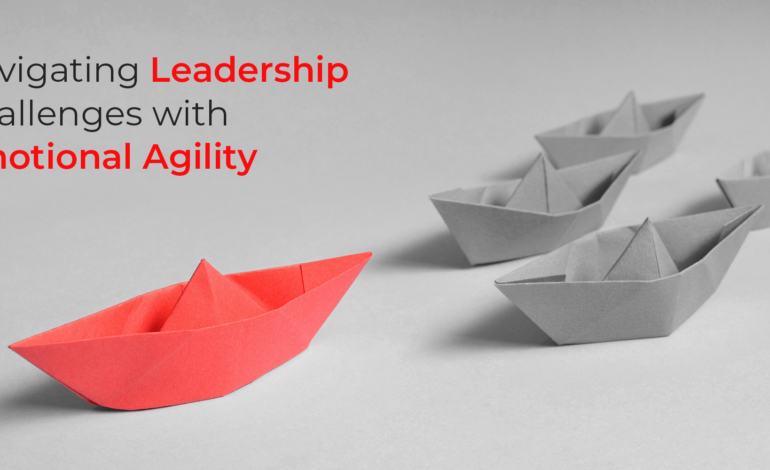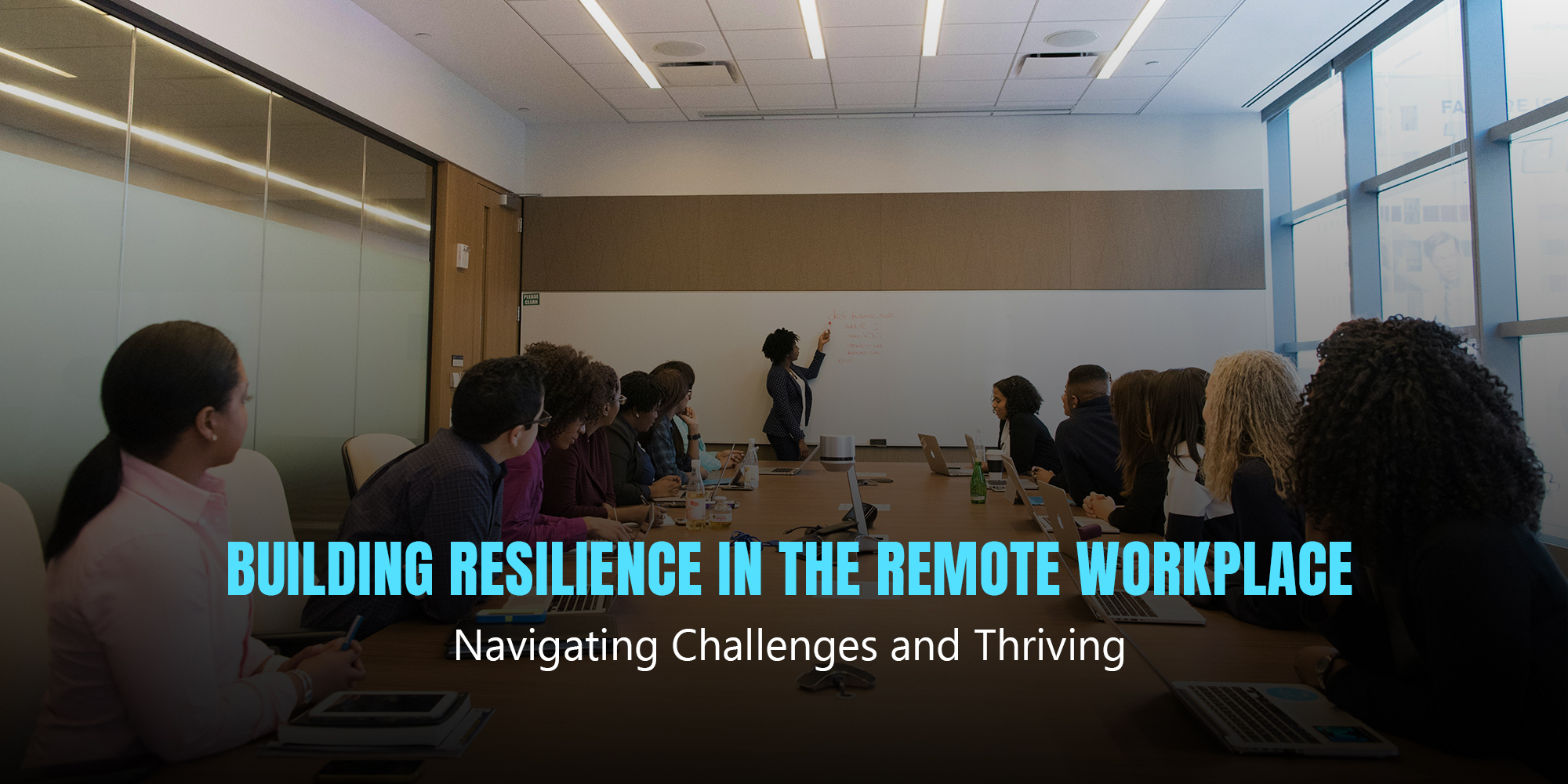
Introduction
The leadership landscape is evolving. Gone are the days of the stoic, emotionless leader. Today, success hinges on a leader’s ability to navigate complex challenges with emotional intelligence and resilience. This is where emotional agility comes into play. It’s not about suppressing emotions, but understanding, managing, and harnessing them for positive outcomes.
What is Emotional Agility?
Think of emotional agility as a muscle you can strengthen. It’s the ability to recognize and understand your emotions, and then use that awareness to guide your actions. It’s about being flexible with your thoughts and feelings, not letting them control you.
Why is it Important for Leaders?
Let’s face it, leadership can be stressful. There are always deadlines, team dynamics to manage, and unexpected challenges. Emotional agility helps leaders:
- Make better decisions: When you’re in tune with your emotions, you’re less likely to make impulsive decisions based on stress or fear.
- Build stronger relationships: Understanding your own emotions and those of others helps you connect with your team on a deeper level.
- Increase resilience: Emotional agility helps you bounce back from setbacks and challenges with greater ease.
- Improve communication: When you’re emotionally aware, you can express yourself more clearly and effectively.
How to Develop Emotional Agility
Developing emotional agility is a journey, not a destination. Here are some practical steps:
- Self-awareness: Start by understanding your own emotions. What triggers them? How do they impact your behavior?
- Mindfulness: Practice mindfulness techniques like meditation or deep breathing to increase self-awareness and reduce stress.
- Emotional Regulation: Learn strategies to manage strong emotions. This might include exercise, journaling, or talking to a friend.
- Empathy: Put yourself in others’ shoes. Try to understand their perspectives and feelings.
- Positive Reframing: Challenge negative thought patterns. Look for opportunities in setbacks.
- Seek Feedback: Ask trusted colleagues for feedback on your emotional responses.
Conclusion: Leading with Heart and Head
Emotional agility isn’t about being soft or weak. It’s about being a stronger, more effective leader. It’s about combining your intellect with your emotional intelligence to navigate the complexities of leadership. Remember, it’s okay to feel emotions – it’s about how you manage them that matters.
By embracing emotional agility, you’ll not only enhance your own leadership but also create a more positive and supportive environment for your team. So, start your journey towards becoming an emotionally intelligent leader today!
Remember: Emotional agility is a lifelong journey. Be patient with yourself, celebrate small wins, and keep practicing. The rewards are immense.









